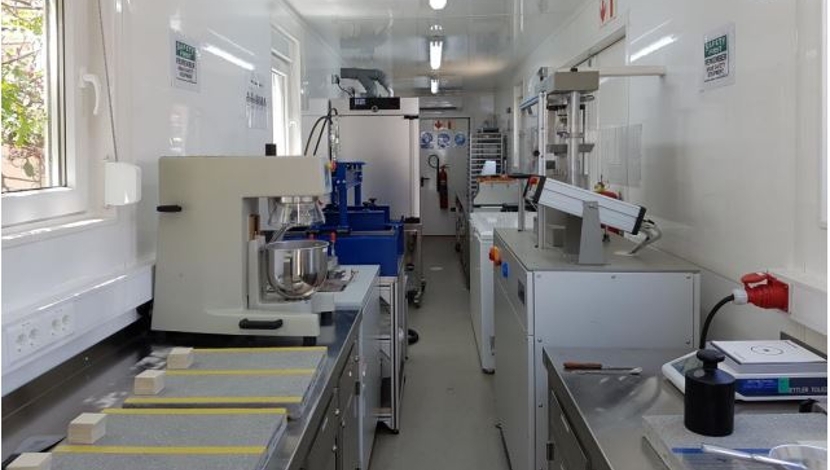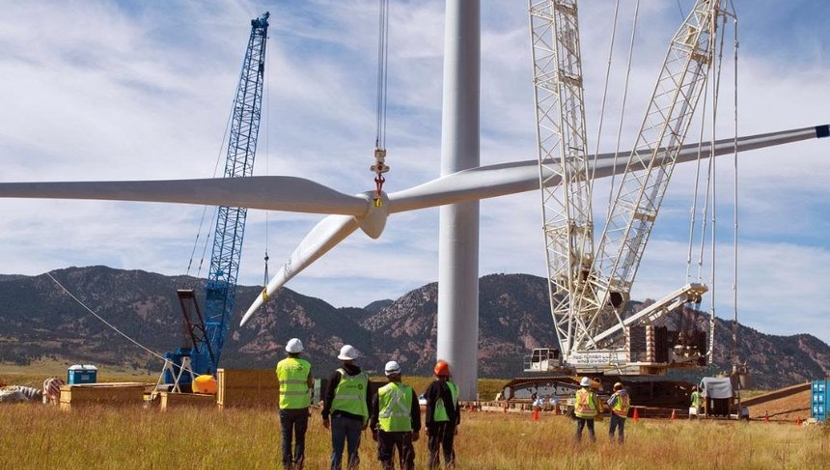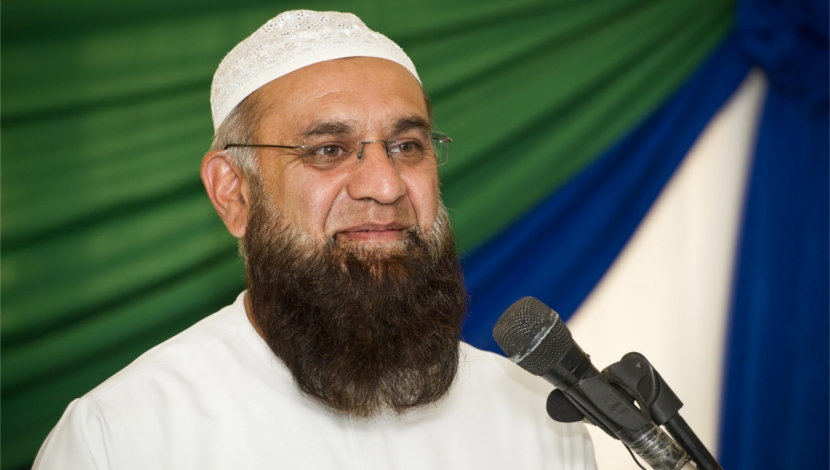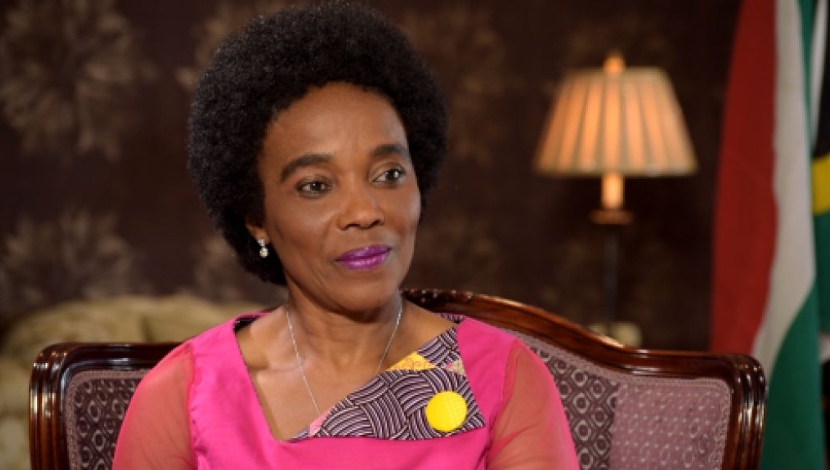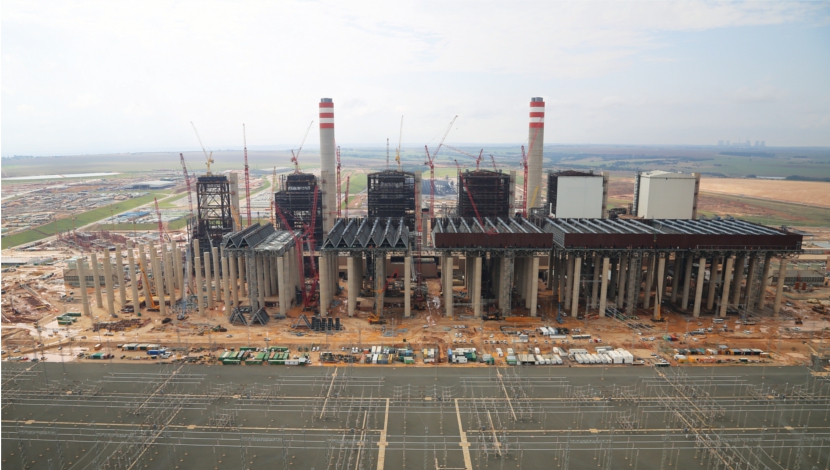

With low levels of electrification hindering economic growth and development in sub-Saharan Africa – where 78% of the population is reliant on biomass as their main energy source – $57-trillion will be required until 2030 to fund the continent’s infrastructure and energy projects, according to Development Bank of Southern Africa (DBSA) strategy group executive Mohan Vivekanandan.
“There has, however, been a lot of progress regarding energy in the region,” he said, at the Southern African Development Community (SADC) Industrialisation Week, in Johannesburg.
“The SADC region has moved from a deficit [of power capacity] to a surplus, with the latest figures from the Southern African Power Pool showing that there is 1 000 MW of excess capacity as a region,” he said.
The challenge now, he noted, was strengthening the interconnectivity of the transmission grid.
“According to the SADC master plan, the region has to invest R33-billion a year to develop the energy and transport sectors,” he said.
Vivekanandan added that South Africa had brought a significant amount of energy onto the regional grid with Eskom’s Medupi, Kusile and Ingula power stations.
“The DBSA has also invested a lot of capital into bringing renewable energy projects onto the grid,” he said, adding that the bank played a significant role in the establishment of the Renewable Energy Independent Power Producer Procurement Programme (REIPPPP).
To date, the DBSA had committed funding to 21 REIPPPP projects – essentially funding generation of 2 550 MW.
Vivekanandan added that 18 of these projects are currently operational and delivering power to the grid, while three were under construction.
He noted that the DBSA had committed about R15.1-billion to rounds 1 and 3.5 of the REIPPPP, with R12.6-billion committed to senior debt and about R2.5-billion to black economic empowerment parties and local community trusts.
Vivekanandan further noted that, on top of funding various renewable energy programmes, the DBSA has been funding project preparation studies to strengthen transmission grids to interconnect regional power grids throughout the SADC region.
TRANSPORT
Looking at the SADC region’s transportation sector, Vivekanandan noted that, by 2030, traffic for landlocked SADC countries will increase from 50-million tons to 148-million tons by 2040 – an 8.2% yearly growth rate.
Port traffic will expand from 92-million tons to 500-million tons by 2027 and port expansion projects at Dar-es-Salaam, in Tanzania, will only sustain shipment traffic through 2020.
“OR Tambo International Airport in Johannesburg will add two-million passengers a year by 2030 and three-million a year by 2040, while Kenneth Kaunda International Airport in Lusaka, Zambia and N’djili International Airport in Kinshasa, in the DRC, currently operate at 70% of capacity, but expect traffic to expand well over 100% of capacity by 2020,” he said.
Meanwhile, Vivekanandan noted that the DBSA was in the process of providing funding to preparation studies aimed at improving the North–South Corridor (NSC), which runs from Durban, South Africa, to Dar-es-Salaam, connecting eight countries, 252-million people and generating $458-billion of collective GDP.
More news
- N2 rehabilitation project to be completed end of this year
- Siemens to build two gas-powered electricity plants in Libya
- International team unveil 76,000 m2 waterside development in Abu Dhabi
- Gift of the Givers to unveil aquifer project in drought-stricken Beaufort West
- Kenya: one million low cost houses to be constructed over the next five years

